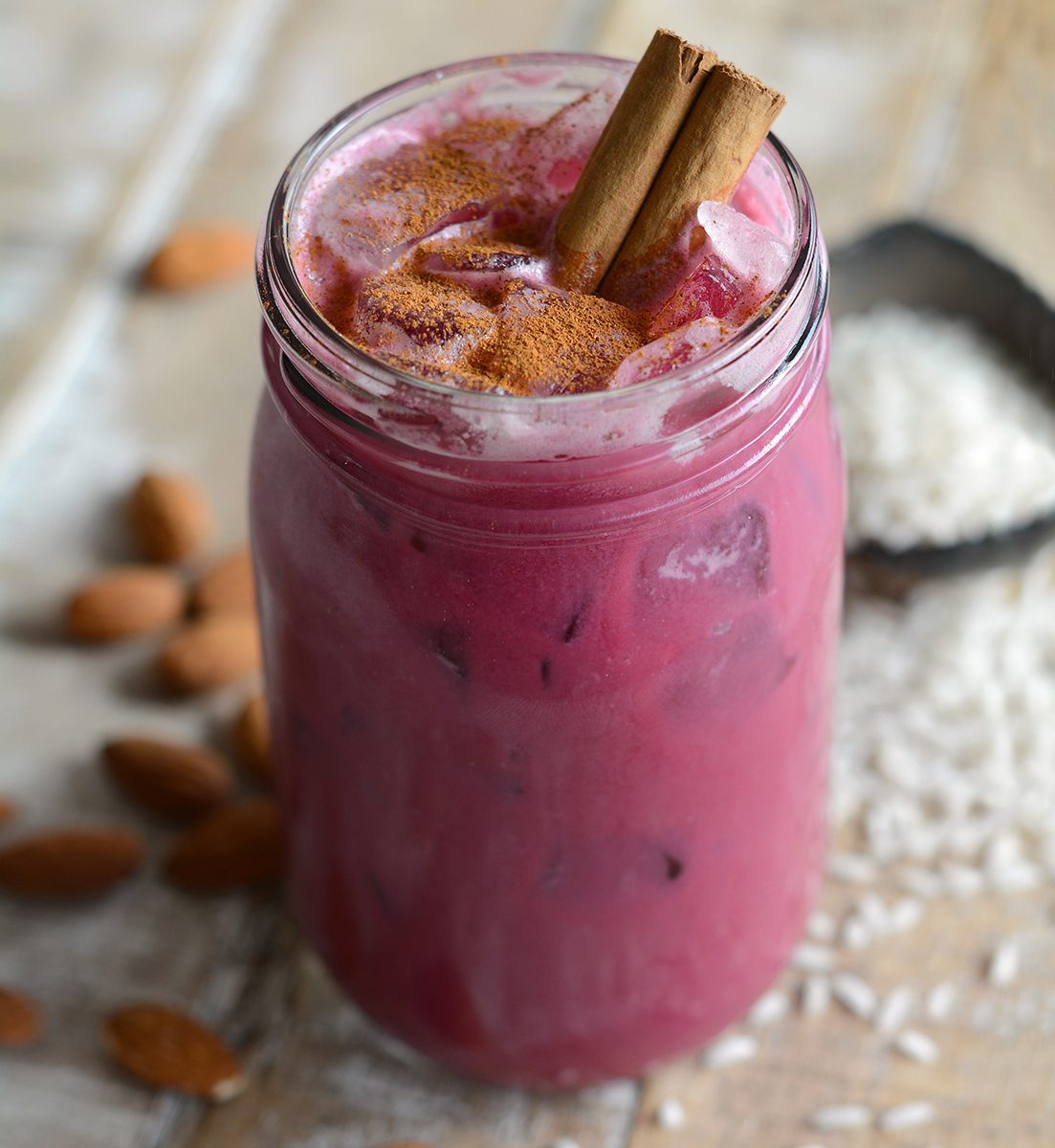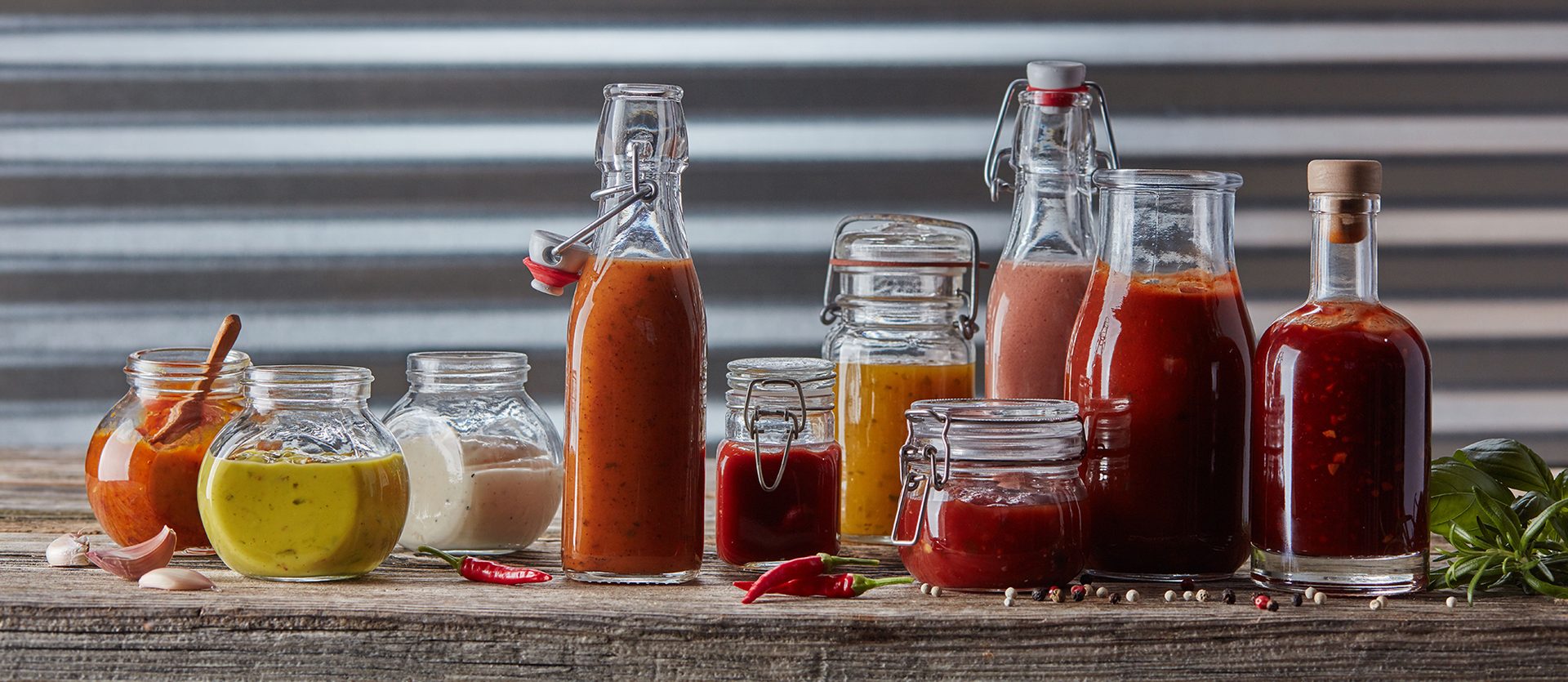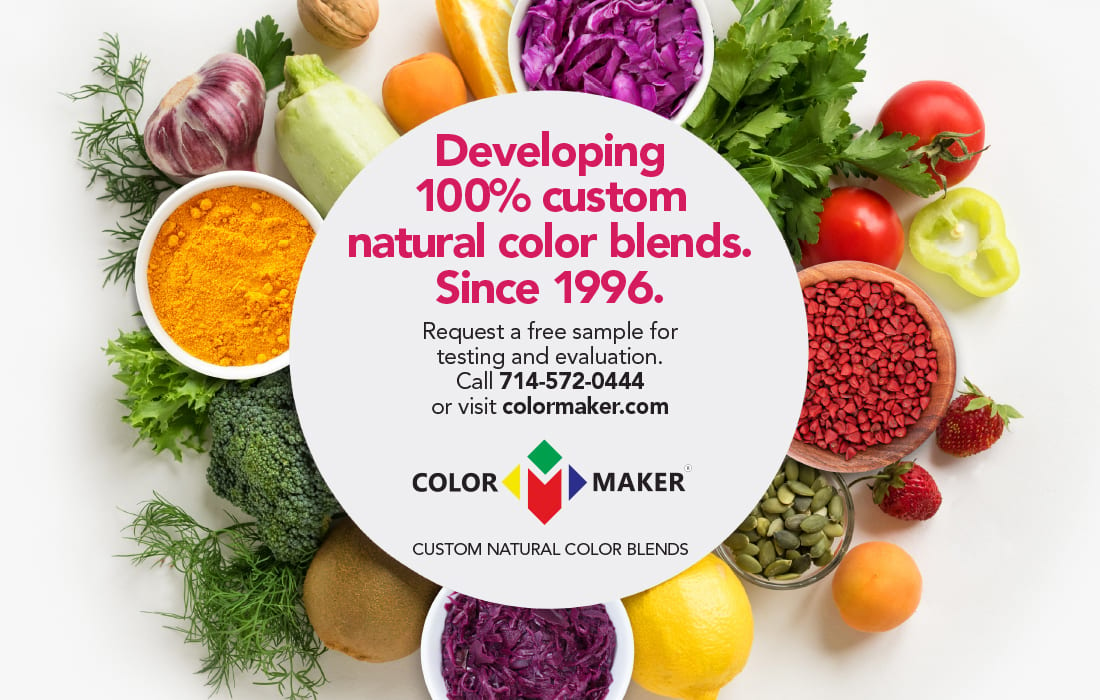SEPTEMBER 2022
Shades of
RED
Seeing red can be a good thing when it comes to making foods and beverages more alluring.
Part 1
The rapid transition to natural sources for food colorants has color makers giving new reds a green light. Video courtesy of: Getty Images / Mariia Kozub
When food color innovation turned decisively toward nature for its sources of desirable pigments, colorant technologists worked overtime to develop cost-effective, clean-label colors. Some shades proved an extra challenge, with stability and fixing being major trouble spots. Red colors figured largely in that challenge.
The color red elicits many emotional responses. It is eye-catching, bold, powerful, and—in some shades—even cheerful or romantic. In foods and beverages, red can communicate intensity of flavor, rich mouthfeel, and high nutritional content. Whether the deep burgundy of a pinot noir, the crimson hue of fresh meat, or the bright scarlet of a cherry confection, shades of red in foods and beverages prime the appetite center in our brain for a dynamic sensory experience.
By Olivia Conrad, Contributing Technical Editor

FD&C-approved synthetic red dyes, such as Red-3 and Red-40, have been used across an immense range of products and applications since the early 1970s. Today, consumers are paying much closer attention to the types of colorants used in foods and beverages, looking for “clean-label” products that are free from artificial additives.
This fundamental shift has translated to a high demand for natural reds derived from familiar sources, such as tomatoes, beets, fruits, sweet potatoes, radish, black carrot, berries, and other botanical sources. Additional natural sources of red pigments, such as red palm fruit, annatto extract, and—more recently—microbially produced red pigments are now popular alternatives to synthetic reds.
Red Select
In the decision tree of color selection, solubility should always come first. Next, developers should evaluate the food matrix and processing conditions. Undesirable color changes, such as browning or shifts in shade from red to blue or green, can occur in the presence of acidulants, metal ions, oxygen, light, or heat, so developers also should keep in mind processing and final product packaging when selecting reds for their formulations.
The new generation of natural reds have expanded the available variations in shades and tones, and with greater stability to allow for longer shelf life. Photo courtesy of: GNT, Inc.

In savory formulations, red most commonly conveys spice, heat, and warmth...and a hefty burst of flavor. Photo courtesy of Kalsec, Inc.
Red iron oxide is one of the most stable and reliable alternatives to Red-40. Its natural reds are ideal alternatives to synthetic red due to its stability under various pH, temperature, and light conditions. In 2015, red iron oxide was granted FDA approval for exempt-from-certification status as a food colorant in confections, including chewing gum, mints, and hard and soft candies.
Carmine (carminic acid) is another effective red that can produce shades extending from pale pink to deep ruby across a range of food and beverage applications. Cochineal extract, which contains carminic acid from cochineal scale insects, is water soluble, while carmine is the lake preparation of carminic acid and can be dispersed in lipid phases of food formulations. The one drawback is that, while technically natural, its source—the aforementioned insects—is a point of controversy. In fact, carmine’s source also rules out the very important kosher certification.
In selecting red shades for beverages, a variety of plant-based food colorants are effective for delivering desired tones. Water-soluble pigments, including lycopene from tomatoes and anthocyanins from berries and other botanical sources, can provide stable hues that range from deep magenta to eye-catching red-orange. These sources also bolster clean-label appeal.
Red and Wet
Acylated anthocyanins are an example of a promising alternative to synthetic red food dyes. Natural sources of acylated anthocyanins include radishes, red potatoes, red cabbage, black carrots, and purple sweet potatoes. Diacylated anthocyanins are ideal red coloring options for beverages with pH values below 3.5. In higher-pH beverages and other applications, beet juice, which contains betalain pigments, can also produce desirable shades ranging from light pink to deep vermilion. End of Part 1
Food scientist and regular contributor Olivia Conrad explores new sources of natural reds.
SEPTEMBER 2022


